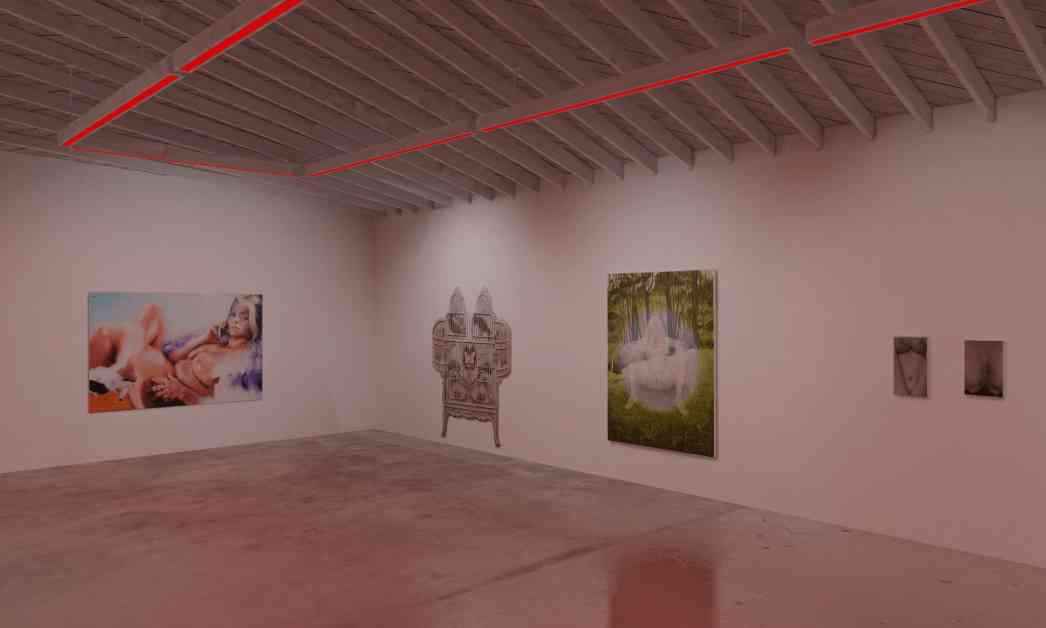Art-Tech Startups Flourishing Through Innovation and Strategic Funding
As the pandemic ravaged the world, the art market faced unprecedented challenges. Yet, from the ashes of adversity emerged a new wave of art-tech startups, redefining the landscape with innovation and strategic funding. These ventures, led by industry insiders, embraced a cautious approach to financing, steering clear of venture capital giants and instead leaning on connections within the art world.
Loic Gouzer, former Christie’s co-chairman, embarked on this journey with his auction app Fair Warning in 2020. What began as an experiment during pandemic lockdowns soon evolved into a thriving venture. Recently securing $5 million in a ten-day Series A funding round, Gouzer’s brainchild has seen remarkable growth. Offering for sale exquisite landscape paintings by renowned artists like Lucas Arruda and Sterling Ruby, Fair Warning has carved a niche for itself in the art market.
Artistic Ventures Rooted in Tradition
Venturing into the realm of virtual reality, Oliver Miro, son of London blue-chip dealer Victoria Miro, founded Vortic Art in 2020. His goal was to bridge the gap between collectors and artworks, especially in a world constrained by physical limitations during the pandemic. Drawing inspiration from his decade-long stint in his mother’s gallery, Miro set out to create a digital twin, replicating the sensory experience of physical spaces.
Unlike traditional tech startups hungry for exponential growth, Vortic took a different approach. By eschewing commercial tactics like collecting pricing data or running ads, Miro focused on building a product that resonated with museums and galleries. With a modest team of 14 employees and a commitment to independence, Vortic steadily navigated the art-tech sphere, unfazed by the pressures of rapid expansion.
Lessons Learned and Future Prospects
As these art-tech startups tread the delicate balance between art and technology, they offer valuable insights into the evolving market dynamics. David Zwirner’s Platform, spearheaded by his son Lucas, initially set out to revolutionize e-commerce in the art world. While the company faced challenges and pivoted its business model, it exemplifies the resilience and adaptability necessary for success in this space.
Similarly, Pace Gallery CEO Marc Glimcher’s foray into the art-tech convergence with Superblue underscores the intersection of creativity and business acumen. While Superblue encountered setbacks in its rapid expansion, it serves as a cautionary tale about the perils of tech’s growth expectations clashing with the art industry’s traditional ethos.
In a world where credibility and mass appeal intersect, these art-tech ventures offer a glimpse into the future of the art market. As Gouzer, Miro, and other visionaries navigate the complexities of this evolving landscape, their stories serve as testaments to the power of innovation and strategic funding. With patience and perseverance, these startups are not just surviving but thriving, reshaping the art world one digital brushstroke at a time.
As the art-tech ecosystem continues to evolve, these pioneers remain at the forefront, driving change and pushing boundaries. The path ahead may be fraught with challenges, but with creativity, resilience, and a touch of artistry, these startups are poised to leave an indelible mark on the industry. The journey is far from over, but one thing is certain: the future of art and technology has never looked more promising.












